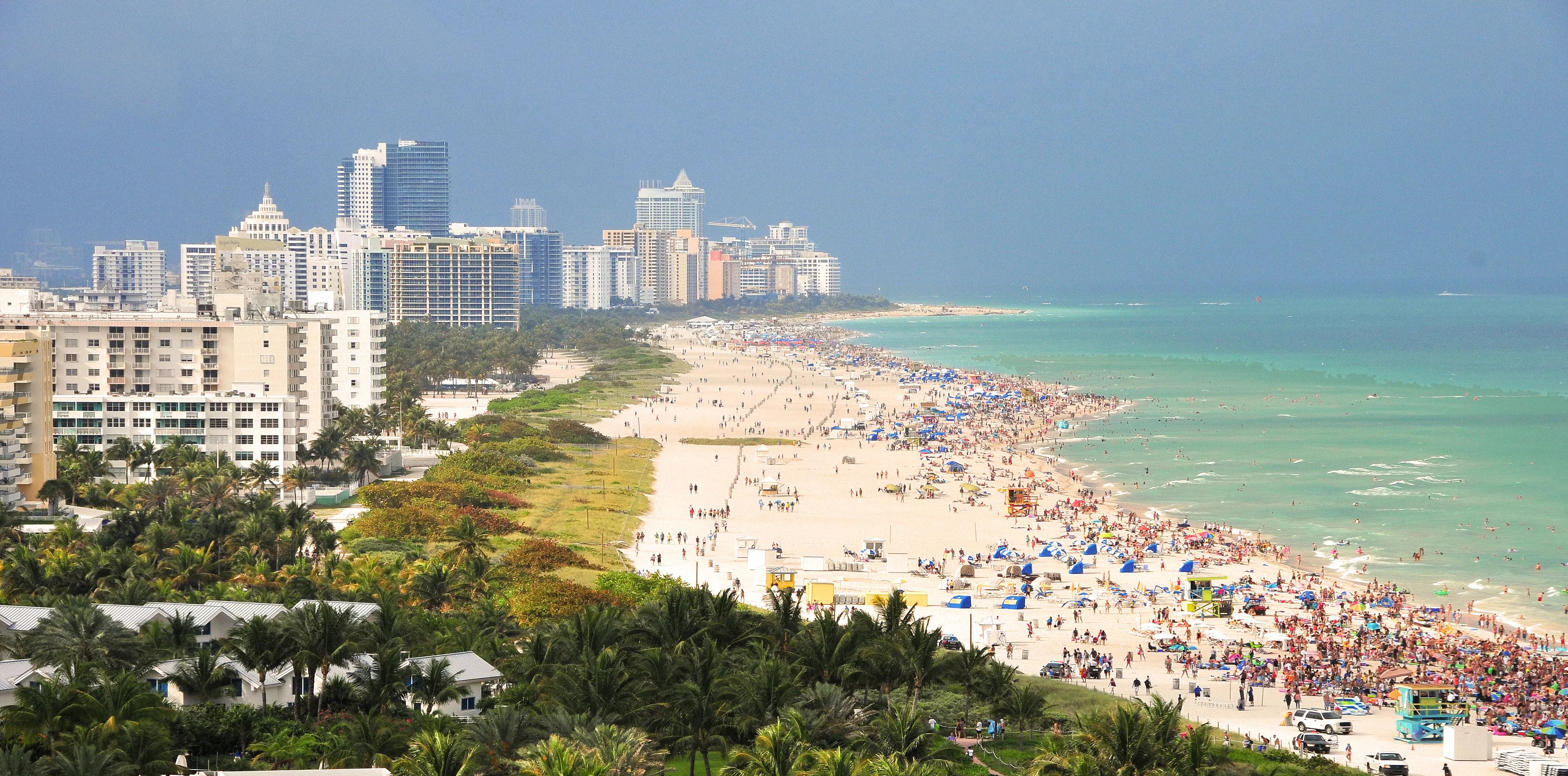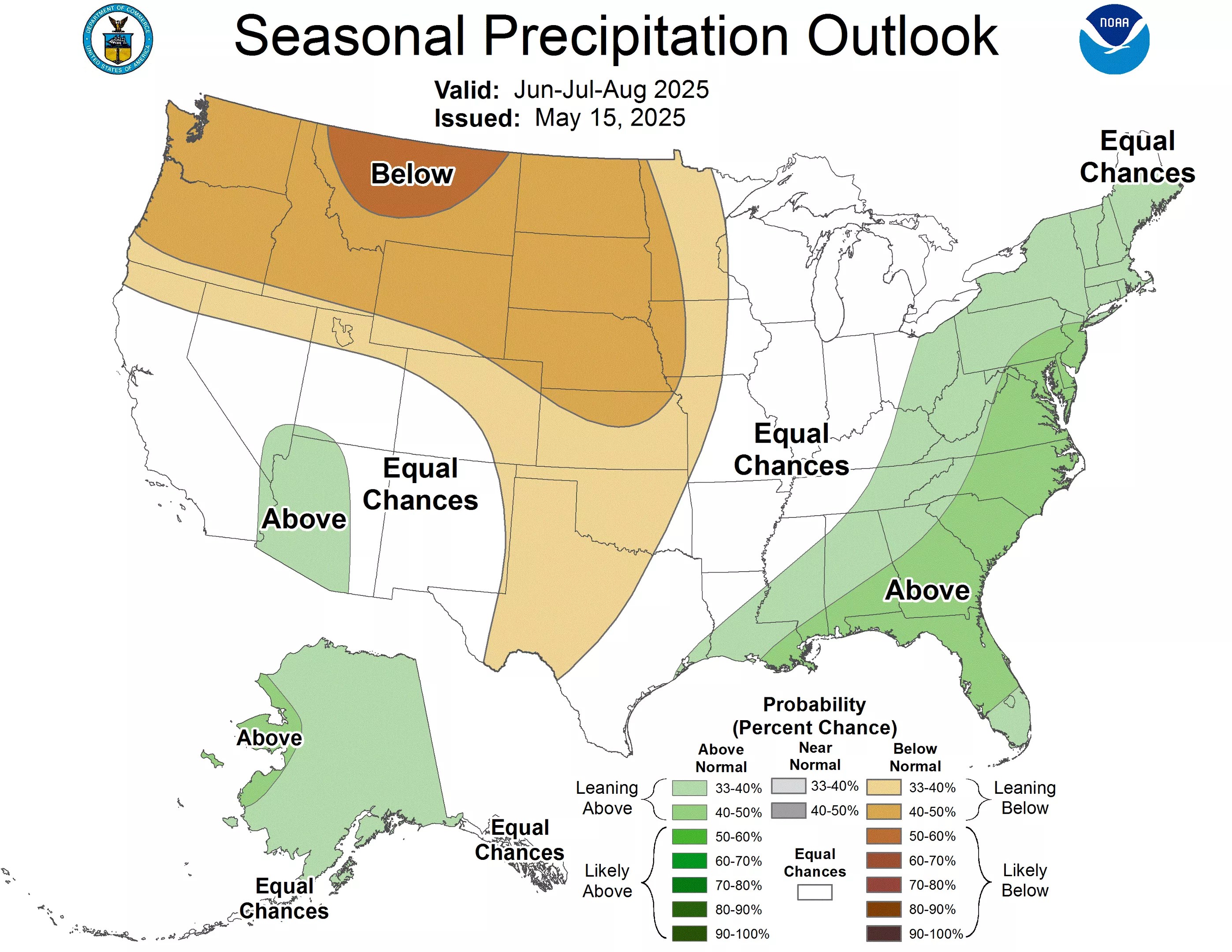
Photo by Mike McBey/Flickr

Audio By Carbonatix
As we all collectively baked in the sun on Memorial Day, it should come as no surprise that this summer will be a hot one.
Last week, the National Oceanic and Atmospheric Administration (NOAA) released its annual summer outlook, and the next few months will be scorchers.
According to NOAA’s Climate Prediction Center, Florida will experience above-normal temperatures from June through July. The agency predicts a 50 to 60 percent chance that this summer will be hotter than usual. The outlook notes that the hottest period is typically July and August, when the heat index, otherwise known as the “feels like” temperature, which takes humidity into account, can reach or exceed 100 degrees.
“The risk of heat illness increases at heat index values of over 100 degrees,” the National Weather Service (NWS) states.
Miami, make your New Year’s Resolution Count!
We’re $15,000 away from our End-of-Year campaign goal, with just a few days left! We’re ready to deliver — but we need the resources to do it right. If Miami New Times matters to you, please contribute today to help us expand our current events coverage when it’s needed most.
While it may be disappointing for Floridians to hear that this summer could be brutal, they should be well-trained for extreme heat at this point. Before summer began last year, ocean temperatures were already at peak summer highs as South Florida dealt with record-breaking heat on land. The heat index hit 112 degrees at one point, breaking the previous daily record by 11 degrees. In 2023, Miami grappled with the hottest July on record, leading to the NWS issuing its first-ever “excessive heat warning,” where the heat index reached 110 degrees for more than two hours.
Brian McNoldy, a senior research associate at the University of Miami’s Rosenstiel School of Marine, Atmospheric, and Earth Science, tells New Times that South Florida could experience record-breaking heat this summer, given the last few years of high temperatures.
Dated 05/15/25, NOAA's June 2025 – August 2025 U.S. seasonal temperature outlook | #natgas #energyprocurement pic.twitter.com/dHIfeTbdvV
— Bradley Foster (@Brad_E_Foster) May 19, 2025
“An average summer is already plenty hot in Miami, so a nudge above that just means a bit more uncomfortable,” he adds.
NOAA’s seasonal precipitation outlook says South Florida will also experience more rain this summer. Sixty to 70 percent of the average yearly rainfall occurs during the wet season – from May 15 to October 15 – characterized by consistently high moisture levels coupled with high temperatures. NWS says the dryness that has lingered into May and brought dry conditions has caused a delayed start to the rainy season. The outlook predicts that drought conditions will likely persist into June.

Expect more rainfall than normal this summer, according to NOAA.
National Oceanic and Atmospheric Administration (NOAA) graphic
This flood risk is average at eight to ten significant events per rainy season, NWS predicts.
“In any rainy season, even on an ordinary summer day, showers and thunderstorms during the rainy season have the potential to produce flooding,” the outlook reads.
The “stormiest” aspect of the wet season is typically mid-May through early July, when South Florida experiences severe weather impacts such as strong and damaging winds, tornadoes, excessive lightning, hail, and flooding.
Get ready, South Florida, for a hot summer and an active hurricane season.